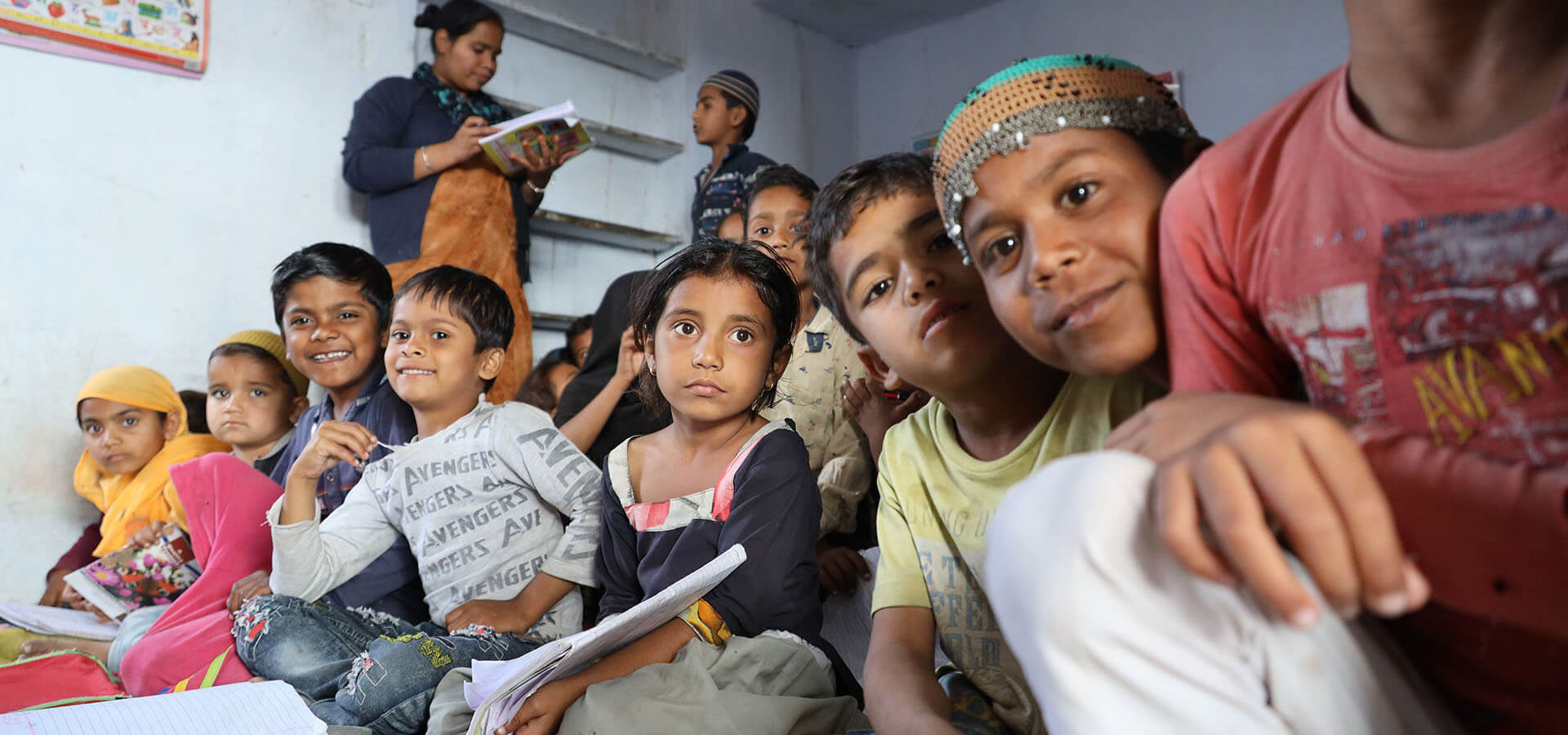The 2030 Agenda for Sustainable Development Goals (SDG) was created and adopted by the United Nations in 2015. 17 SDGs, which include a total of 169 targets and 304 indicators were established to address global challenges we face, such as, poverty, inequality, climate change, environmental degradation, peace, and justice. Creating the SDGs is the result of the largest consultatory process ever held within the history of the United Nations. These goals are intended to be achieved within 15 years of implementation across the world i.e by 2030. Considering that the SDG’s are a relatively new framework, assessing them still proves challenging. India being a developing country, the progress of which can have a massive influence on the global overall goals.
SDG’s can be a crucial addition to the long-term strategies of any organization, provided consistent effort has been made over time. The actions of any such organization need to be identified and prioritized, in order to recognize the impact it has, be it positive or negative.
We have informally assessed the possible contribution Wildlife SOS has made to incorporate SDG’s over the years of our establishment. Nonprofits like Wildlife SOS, have change-making missions at their core. This has helped Wildlife SOS identify self-sufficient and reliable ways to contribute to sustainability. We conducted this over a short period of time to explore our contributions.
Quality Education: Kalandars are a nomadic tribe that relied on performing bears for income and sustenance. As the need to curb this cruel practice and rescue the dancing bears of India became imperative, Wildlife SOS was met with diverse responses, wherein the Kalandar community was evasive to the implementation of such an effort. Dancing bears has been the sole means to meet ends for them and hence they were reluctant to give up these bears. To tackle is issue, Wildlife SOS stepped forward with a goal to empower the Kalandar community by providing them alternate methods to support themselves financially.
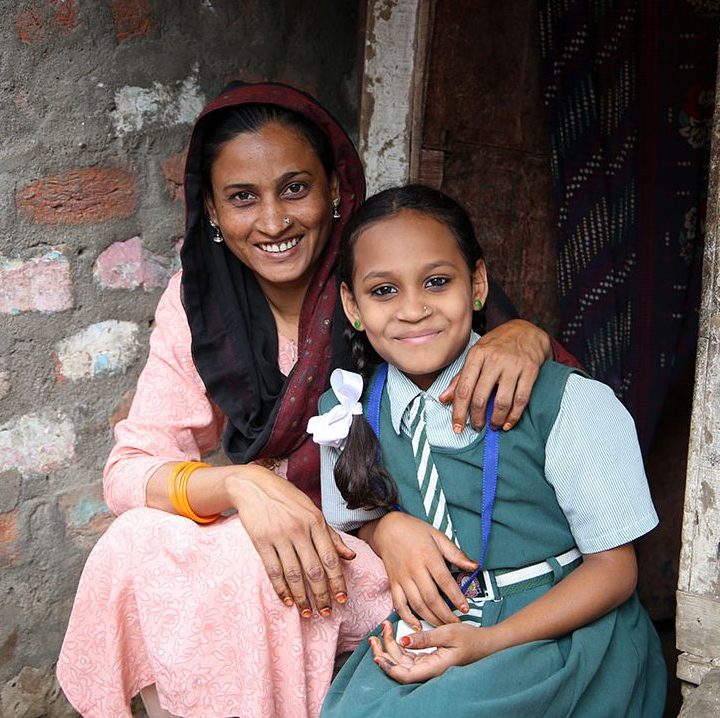
We created an alternative livelihood program for the families through vocational training, seed funds, and support to start their own small businesses. Kalandar women were provided support with training to create micro-enterprises and skills training. In order to break the grasps of poverty and ignorance that generations of Kalandars relied on, Wildlife SOS took it upon themselves to ensure the education of over 5000 Kalandar children. We assist with school admissions, paying fees, providing books, stationery, uniforms, and school bags to equip these children to follow their dreams and avail themselves of opportunities life has to offer them. Through their growth and learning, they themselves further contribute to improving the living standards of the community as a whole.
Affordable and Clean Energy: In order to generate and use energy that is local and renewable, the Bannerghatta Bear Rescue Centre (BBRC), the Elephant Conservation and Care Center (ECCC), and the Elephant Hospital Campus, Mathura have adapted to efficient Solar energy systems. Solar-powered panels were installed as an eco-friendly energy source. At BBRC, solar energy is used to power fences, which help deter megafauna from entering the bear rescue centre and to protect the prevent the escape of the bears housed within the rescue facility without causing physical injury to either. Solar energy is also used to power the necessary equipment and general lighting all across the centre. Our Elephant Hospital relies on solar energy to power critical equipment including portable x-rays, etc. as well as other necessary equipment for the smooth operation of the facility.
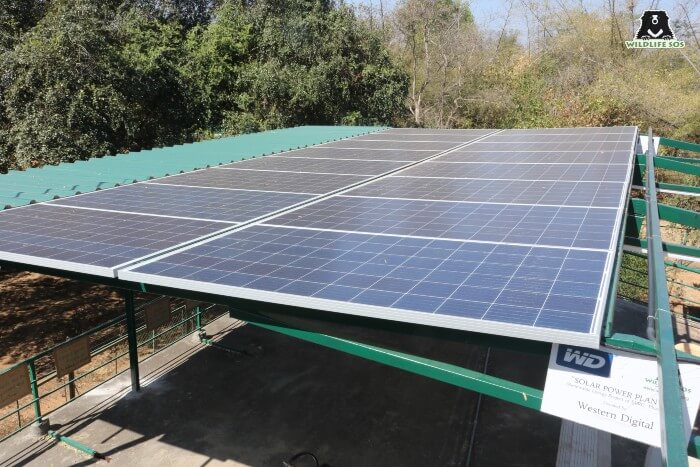
The Bannerghatta Bear Rescue Centre has also switched to the use of briquettes, a biofuel substitute firewood, wood pellets, and charcoal, for the preparation of meals for all our housed bears. Briquettes are manufactured from paper, sawdust, agricultural or yard waste, etc; which is efficiently utilized in order to save energy, time, costs and be environmentally friendly.
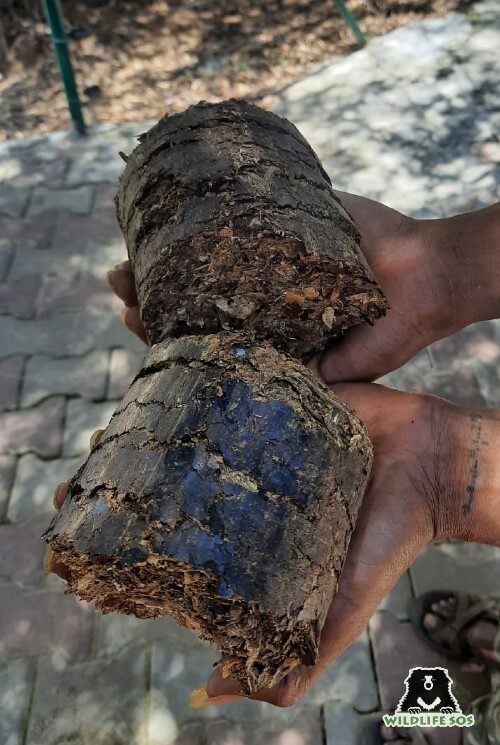
Life On Land: With global warming and climate change being the 21st century’s biggest challenge to tackle we realize the importance of contributing to a greener planet. Since the establishment of our rescue centres across India, we have contributed to afforestation efforts to curb the destruction of natural forests. At our centre in Agra, we have been able to successfully afforested 25 hectares of land with immense help from the Forest Department.
We conduct regular tree plantation drives at the centers often in order to promote the natural biodiversity of the area. Since the establishment of the BBRC centre over 400 saplings have been planted in and around our campus to promote native species of the area.
Forest Watch, Wildlife SOS’s anti-poaching unit, consists of a complex network of informants gathering critical information on poachers and criminals involved in the illegal wildlife trade. Forest Watch assists the forest department, the police department, and law enforcement agencies to crack down on traffickers and smugglers, recover animal skins, body parts, ivory, and sometimes live animals from poachers, and even provide legal assistance where required.
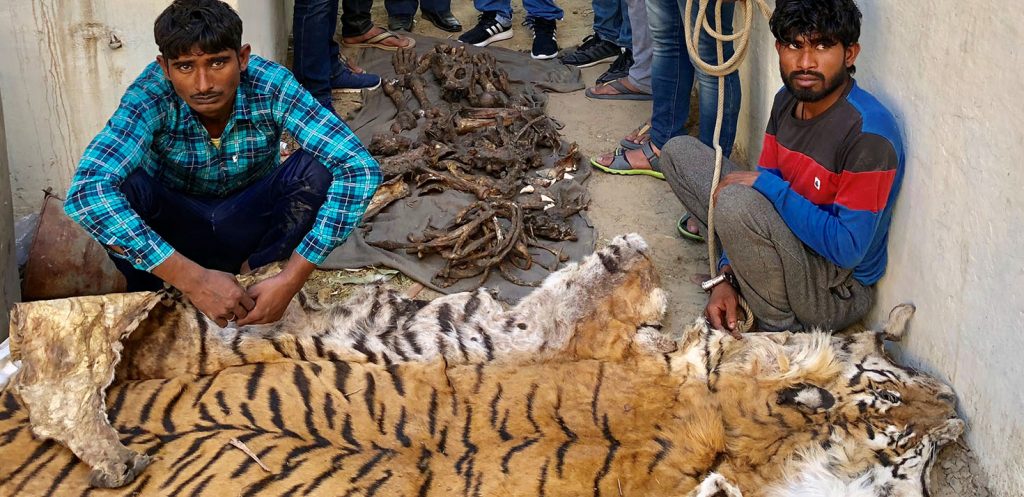
Wildlife SOS with the help of the Forest Department took it upon themselves to restore an area spreading over 20 acres, and known bear habitat in Ramdurga valley, Koppal, Karnataka. A rich sloth bear habitat that had been destroyed by deforestation, quarrying, woodcutting, hunting, encroachment of the forest and regular forest fires. By planting close to 10,000 saplings of native tree species, we have been able to successfully regenerate the area, empowering villagers nearby for the upkeep of the area, and patrolling, reviving the underground water table of the area, and revitalizing the area for all the native wildlife.
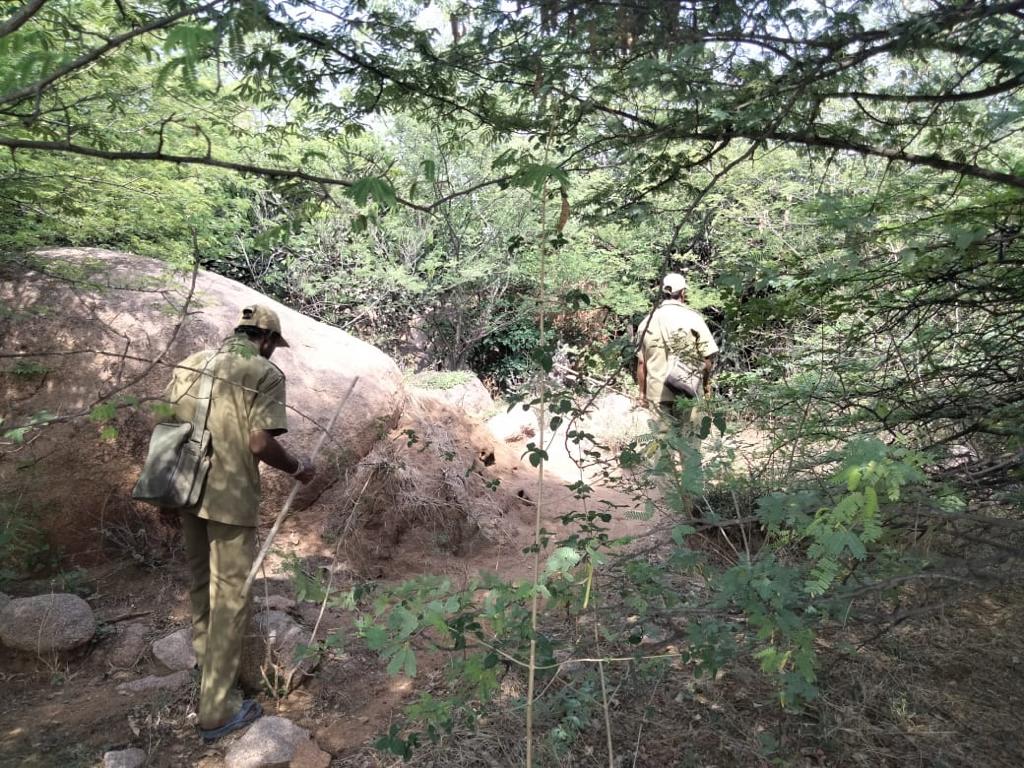
We have also been able to rescue and rehabilitate several different species of wild animals over the years like Star Tortoises, Leopards, tigers, Elephants, Hyenas, bears, and various urban wildlife including reptiles and birds. Our 24-hour animal rescue hotline in the Delhi National Capital Region (NCR), Agra, Uttar Pradesh, and in Vadodara, Gujarat works round the clock attending to distress calls from members of the public, police, animal lovers, and other organizations about wild animals in peril or caught in conflict situations.
Partnerships for the Goals: With the help of several State Forest Department’s across the country, we have been able to collaborate on several projects involving wildlife conservation, which have led to phenomenal results. The Government of India has given us the support and guidance to function as an independent wildlife NGO. Sharing knowledge and effective data among other experts across the globe have proven to be beneficial time and again. To strengthen science we have collaborations with several international conservation organizations like International Animal Rescue, Hauser bears, San Diego Zoo, Humane Society International, and many others, to build strong partnerships for productive results.
Not all 17 SDGs can be relevant to every organization, hence, by minutely contributing to a few we would like to lead the way to positive long-term change. NGOs with their limited role can be catalysts at best, who achieve progress with limited resources. Working against a ticking clock and implementing sustainable practices in business can be a new way forward.

